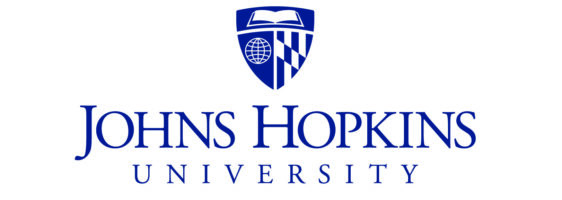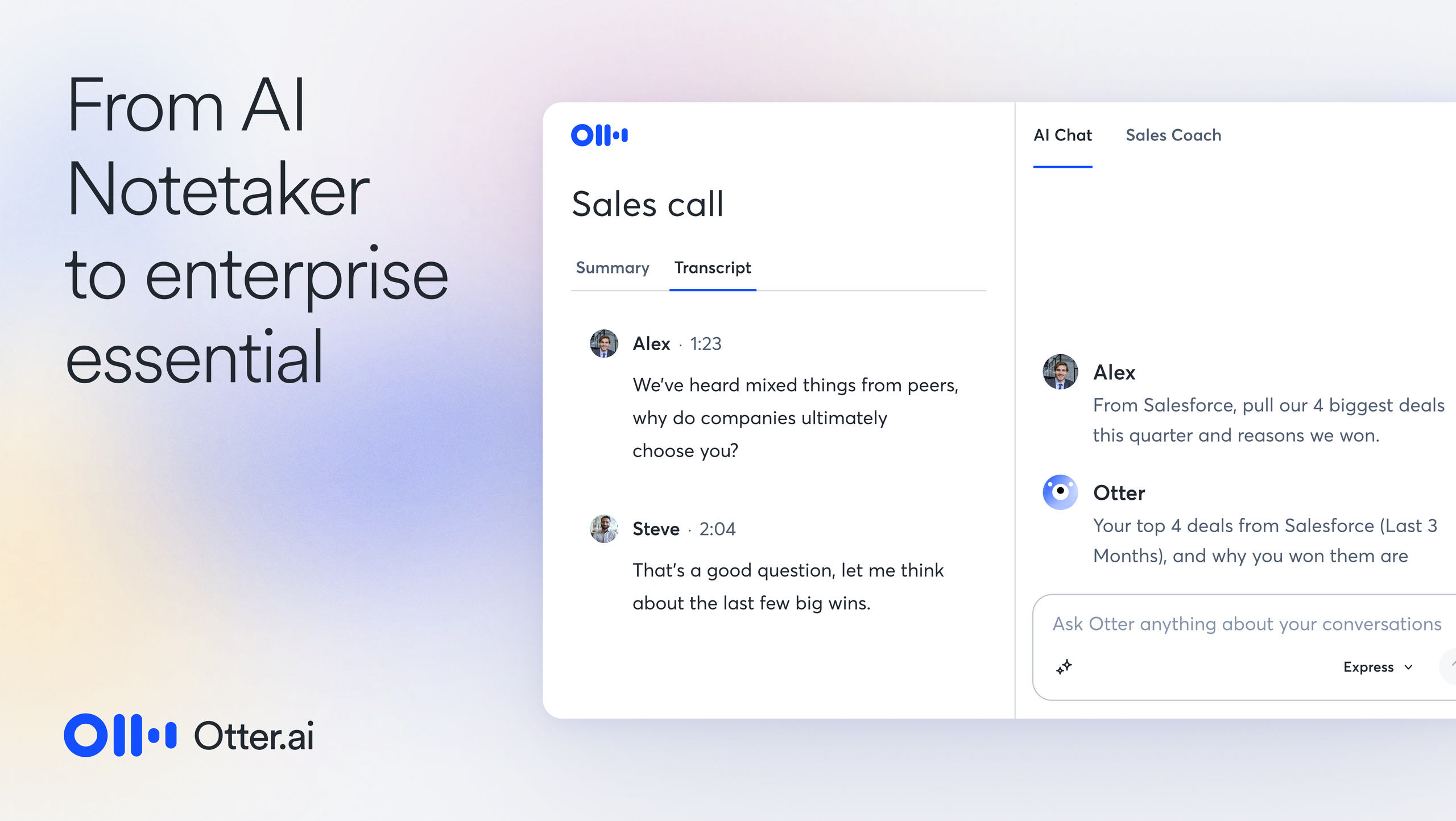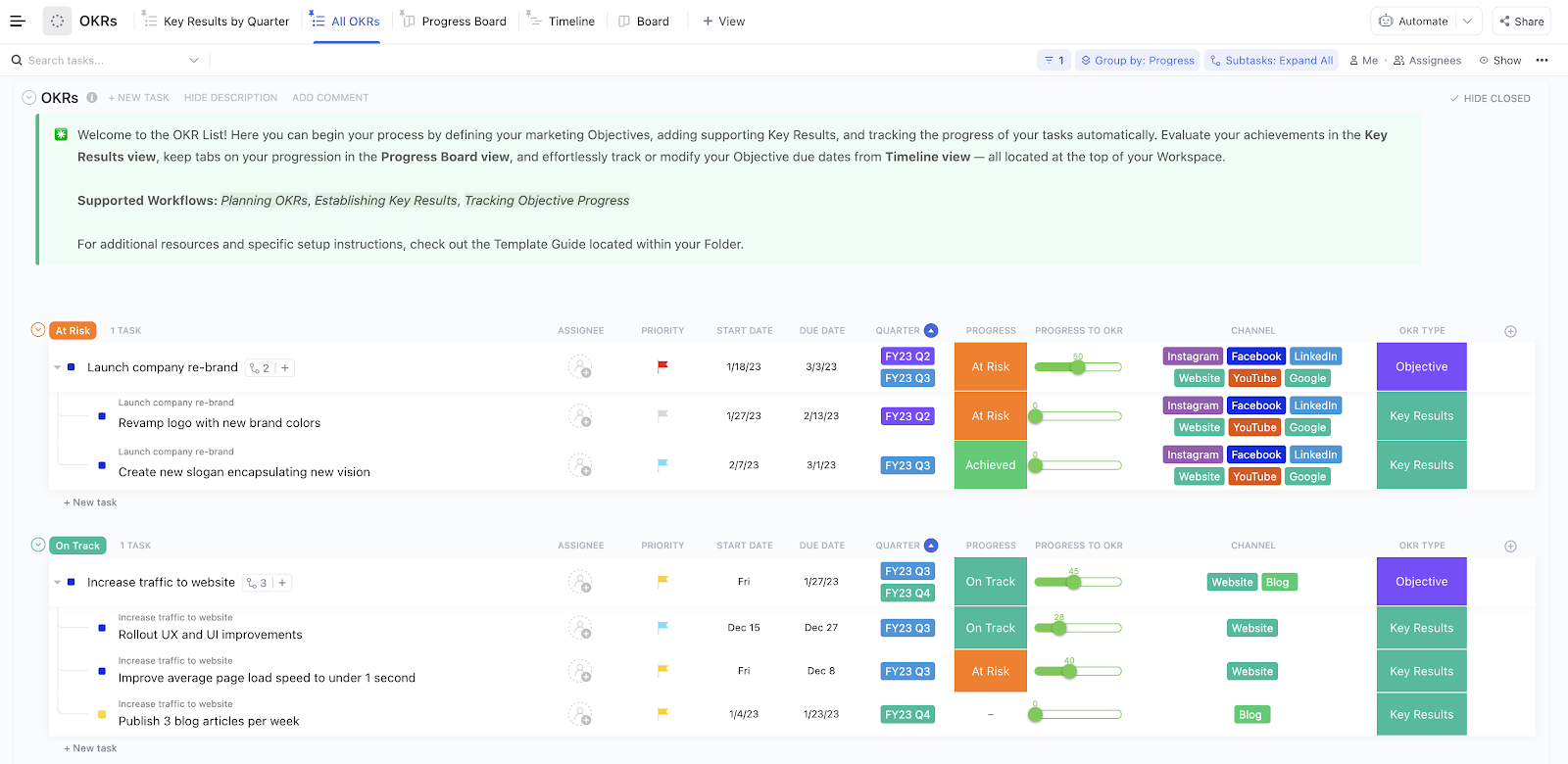#project management
#project management
[ follow ]
fromTheregister
3 weeks agoWhy ERP projects so often end in disaster
"There's so much that can go wrong," she told The Register. "From the beginning, we're talking with clients, and we're hearing a technology conversation without any type of business input, and that happened today. We're always steering clients back to the fact that this is business transformation. There needs to be executive sponsorship, there needs to be evidence that the organization is actually preparing itself for change - how they're going to operate - and not just replacing an application."
Business
fromFortune
4 weeks agoWhy your AI projects keep failing | Fortune
Virtually every organization is trying its hand at AI, yet very few are seeing the payoff. Despite massive investment, most organizations aren't seeing the results they were hoping for. According to MIT's State of AI in Business 2025 report, 95% of enterprise AI initiatives are failing to deliver measurable P&L impact, and only 5% of pilots make it into production with real value creation.
Artificial intelligence
Higher education
fromInside Higher Ed | Higher Education News, Events and Jobs
1 month agoFeatured Gig: Innovation Project Experience Designer at Grand Valley
The innovation project experience designer will incubate and manage immersive, emerging-technology projects to advance teaching, learning, and digital transformation across Grand Valley State University.
fromBusiness Insider
1 month agoI built a Big Tech career without a tech degree. Looking back, some well-meaning career advice was actually holding me back.
I immigrated to Canada from South Korea when I was in fourth grade, and then to the US in high school, and my parents didn't have firsthand experience with how the corporate world works here. My friends meant well, too, but we were all fresh out of college and figuring things out. None of us really knew how the industry worked yet, and we repeated what sounded "safe."
Careers
fromClickUp
1 month ago11 Best Workspace Software Tools for 2025 | ClickUp
Every manager's been there: a team member leaves, and suddenly, so does the context behind half your projects. Why was this deadline set? What's the latest on that vendor call? Where are the files they swore they shared? If your team's work lives inside people instead of shared spaces, you need to try workspace software. In this blog post, we've shortlisted 11 of the best tools to restore calm after the storm hits. ⚒️
Productivity
fromClickUp
1 month agoHow Agencies Can Optimize Approval Workflows | ClickUp
And then...everything screeches to a halt because someone still hasn't approved the headline, or the design feedback is lost in a long email chain. For agencies, this cycle eats into deadlines, team energy, and client confidence. That's why, in this blog, we'll discuss how agencies can optimize approval workflows in a way that reviews become faster, feedback is clearer, and everyone knows what needs to happen next.
Marketing tech
fromeLearning Industry
2 months agoBest Project Management In eLearning Development 2026
If you've ever been involved in eLearning development, you know that great ideas are only half the battle; the other half is project management. The truth is, even the most creative Instructional Design can fall apart without the right structure, tools, and communication in place. That's why every year we take a closer look at the companies that aren't just building courses, but mastering the art of keeping projects on track, teams aligned, and clients happy.
Online learning
Higher education
fromInside Higher Ed | Higher Education News, Events and Jobs
2 months agoFeatured Gig: Digital Learning Project Manager at Notre Dame
Notre Dame seeks a project manager to build digital courses and programs that enhance undergraduate residential education and expand access for external and pre-college learners.
fromLondon Business News | Londonlovesbusiness.com
2 months agoHow streamlined tools strengthen accountability across teams - London Business News | Londonlovesbusiness.com
Without it, projects get stopped, deadlines are missed, and corporate goals go off course. But it's hard to hold individuals accountable when communication isn't working, roles aren't clear, and progress isn't clear. Modern project management tools fix this problem by making tracking, transparency, and clarity a part of daily work. With tools like Lark that are easy to use, being accountable is less about micromanaging and more about giving teams the structure and visibility they need to succeed.
Productivity
fromClickUp
2 months agoTop 3 PM Software That Auto-Tags Tasks Based on Content
Move it one way and it disappears, move it the other and it clutters my high-priority list. Working on dozens of projects like this, manual tagging quickly becomes a time sink that's inconsistent and error-prone. AI project management tools now solve this by auto-tagging tasks based on content, context, and even conversations. Categories stay accurate, searches are faster, and your team can finally focus on the work instead of admin.
Artificial intelligence
fromClickUp
2 months agoHow to Use Tasks and Subtasks Effectively | ClickUp
You know that feeling when your to-do list is a mile long, but nothing seems to be getting done? The problem, often, isn't the workload-it's how the work is structured. Large tasks can be overwhelming, making it hard to know where to start or how to move forward. Breaking them down into smaller, actionable steps helps you stay on track and make real progress.
Productivity
Design
fromArchitectural Digest
3 months ago27 Orange County Interior Designers, Architects, and Builders to Know From the AD PRO Directory
California-based design firms emphasize organic materials, warm contemporary details, and tailored project management across residential, hospitality, and commercial interiors.
fromwww.cnbc.com
3 months agoThe top 10 jobs offering remote, part-time work in 2025, says new report
According to a recent FlexJobs survey, the top three industries offering remote, part-time jobs are education and training; medical and health; and project management. Taking on a part-time role is a great way to upskill and explore your career options, says FlexJobs career expert Toni Frana. "If you want to build skills, or if you're interested in trying something new, a part-time job can really give you the opportunity to try that without fully committing to a full-time role," she says.
fromClickUp
3 months agoFree Asana Video Production Templates to Streamline Projects
46% of teams struggle most with managing feedback between creative and development teams. On top of that, limited visibility across timelines and the lack of shared best practices often slow down video delivery.
Marketing tech
Information security
fromThe Hacker News
3 months agoHidden Vulnerabilities of Project Management Tools & How FluentPro Backup Secures Them
Relying solely on project management platforms' built-in backups exposes organizations to human error, cyberattacks, and costly data breaches; implement cloud backup and recovery.
Artificial intelligence
fromLondon Business News | Londonlovesbusiness.com
3 months agoFour ways AI-driven simulations eliminate bottlenecks in projects - London Business News | Londonlovesbusiness.com
AI-driven simulations create virtual project models to forecast risks, optimize resources, and prevent bottlenecks, improving portfolio and project management decisions.
fromBusiness Matters
3 months agoWhat Automatic Planning and Scheduling Means for Your Projects
Or when you're just staring blankly, muttering to yourself, "What even happened to that task I swore I had sorted out?" Seriously, I've been there. A token of appreciation is needed for anyone who has survived that level of chaos. Maybe a medal? Or just some comfort snacks. Anyway, I'm here to tell you there's hope *automatic planning and scheduling* is that beacon of light we didn't know we needed!
Productivity
fromHackernoon
7 months agoPharma SaaS Innovation: Gopalakrishnan Mahadevan's Strategic Client Partnership | HackerNoon
Anticipating early client shifts, Gopalakrishnan Mahadevan strategically guided his team to onboard techno-functional SMEs with relevant experience, strengthening the company's position for project support.
E-Commerce
[ Load more ]

























